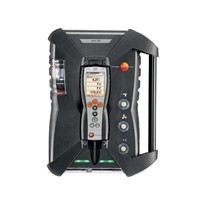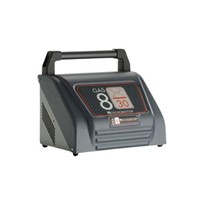Flue gases (sometimes called exhaust gas or stack gas) are a mixture of combustion products and include oxygen, carbon dioxide, water vapour, particulates, heavy metals and acidic gases.
To test the oxygen level, an instrument called a Combustion Analyser is used to measure the amount of oxygen remaining in the flue exhaust gas. While there are many combustion analysers on the market, all of them include an oxygen sensor.
Certain gas analysers are also used as part of a continuous emissions monitoring system. In this process, the analysers are used to measure flue gases in order to collect the necessary data needed for combustion optimisation in industrial settings.
For instance, the Model 1732 Oxygen Transmitter from Novatech provides accurate and reliable oxygen monitoring during the combustion process. The information collected by the oxygen analyser is used to monitor and control the level of fuel and air in the stack to maintain efficient and safe operations.
Flue gases usually come in the form of carbon dioxide, nitrogen, sulphur, water vapour, oxygen, and carbon monoxide. Out of these gaseous substances, carbon monoxide is considered the most harmful one. It is also difficult to detect because it’s colourless and odourless. Measuring carbon monoxide and other gaseous emissions is commonly carried out as part of a quality assurance process.
The preferred method of oxygen measurement in power plant boilers incorporates zirconia technology. Zirconia’s resistance to chemical attack, its low sensitivity to other flue gases such as CO2, and its superior repeatability has made the technology appealing to power plants.
Instruments used for in-situ oxygen measurements must be robust enough to protect the zirconia cell from harsh process conditions. The zirconia cell is typically located at the end of the oxygen probe, which is inserted through the boiler wall into the process gas. The probe length and material will vary with the required insertion depth and the chemical and temperature profile in the chosen boiler zone.
Air quality is an important issue, especially in highly regulated industries such as coal mining, cement processing, and coal and oil-fired power generation.
Ambient air is atmospheric air in its natural state, not contaminated by air-borne pollutants. Ambient air is typically 78% nitrogen and 21% oxygen. The extra 1% is made up of a combination of carbon, helium, methane, argon and hydrogen. The closer the air is to sea level, the higher the percentage of oxygen. Manufacturing processes and the burning of fossil fuels has directly impacted ambient air quality by releasing a high level of industrial and chemical pollutants into the atmosphere.
Ambient air pollution may be as potentially harmful as pollutants emitted by industries, households, cars, and trucks. Of all of these pollutants, fine particulate matter has the greatest effect on human health. Most fine particulate matter comes from fuel combustion from vehicles, power plants, industry, households, or biomass burning.
Advanced technology is available to monitor particulates in ambient air. These instruments measure critical regulatory parameters including PM-10 and PM-2.5 mass concentration as it exists in ambient air. Monitoring for aerosols and dust within a designated area, whether for research or routine input, can include various industry-proven particulate matter technologies.
Portable and personal instruments are also available to monitor ambient air in the workplace to help detect the presence of toxic vapours and gases.
Without an accurate oxygen monitoring system, dangerous fuel-rich gases could be generated during the combustion process. Analysers such as the Model 1732 Analyser can assist in preventing this from happening through the continuous monitoring of the oxygen levels.
The oxygen transmitter from Novatech is also designed to work with the company’s Model 1231 or 1232 Oxygen Probes. These in-situ probes are equipped with the world’s most rugged zirconia sensors. The Model 1231 probe is capable of analysing gases with temperatures below 700°C while Model 1232 can operate in temperatures from 700°C to 1400°C.


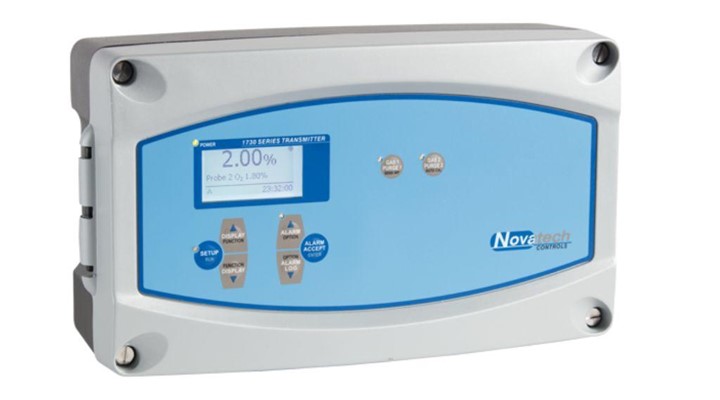


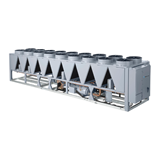
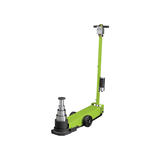
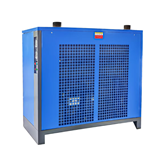

-160x160-state_article-rel-cat.png)


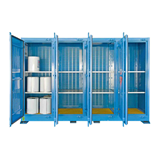
-160x160-state_article-rel-cat.png)




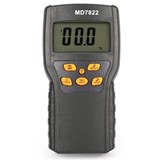

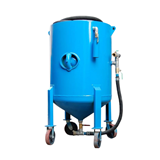




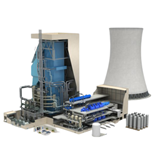
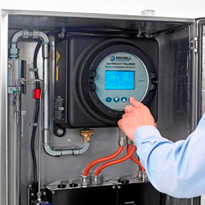
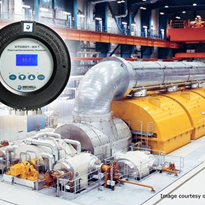
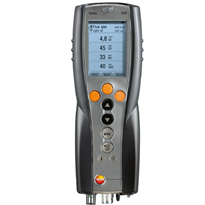
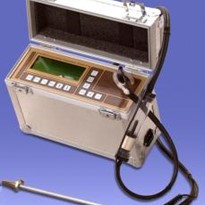
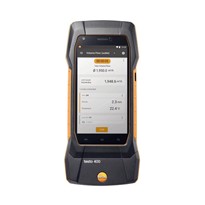
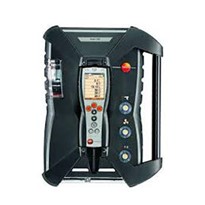
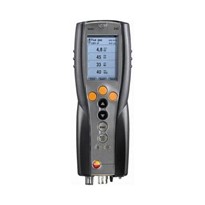
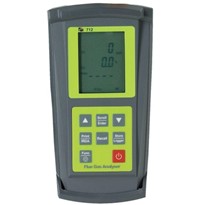
-205x205.jpg)
